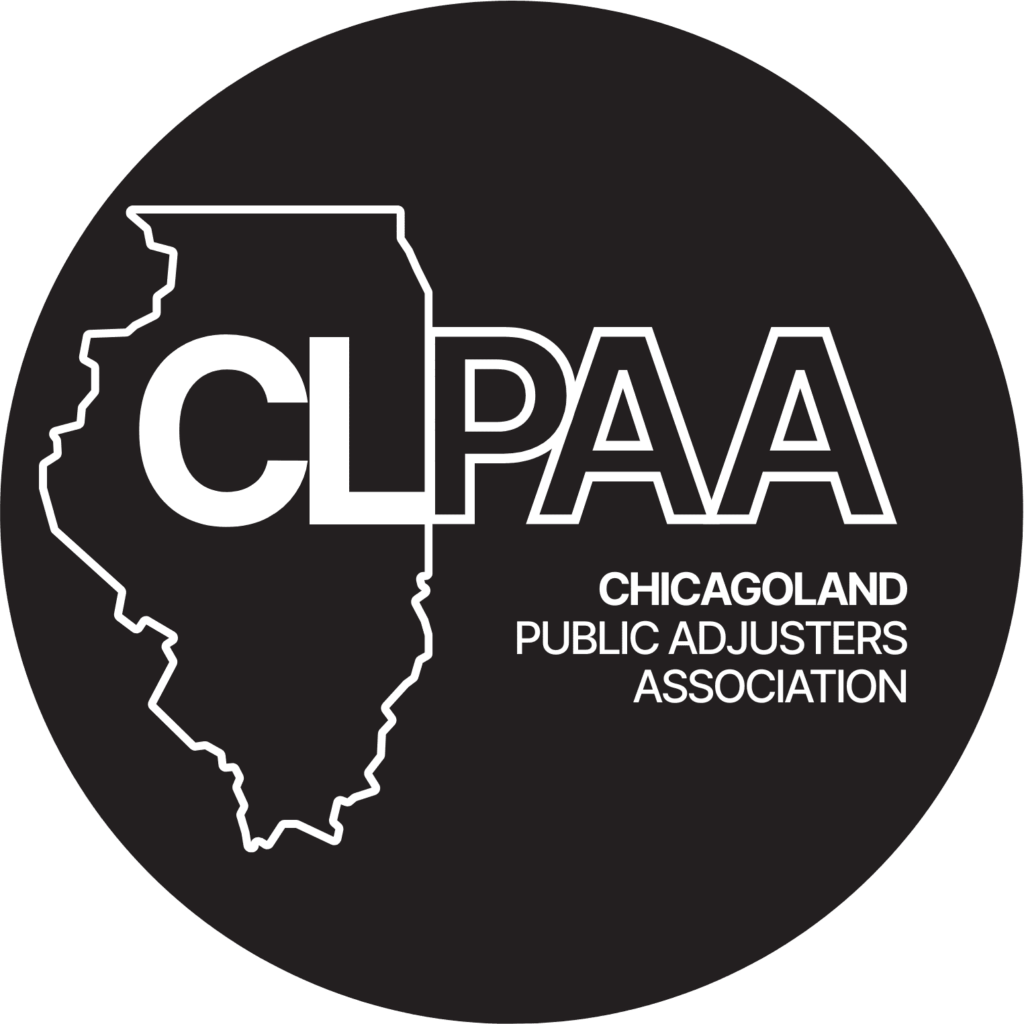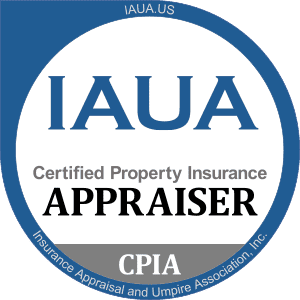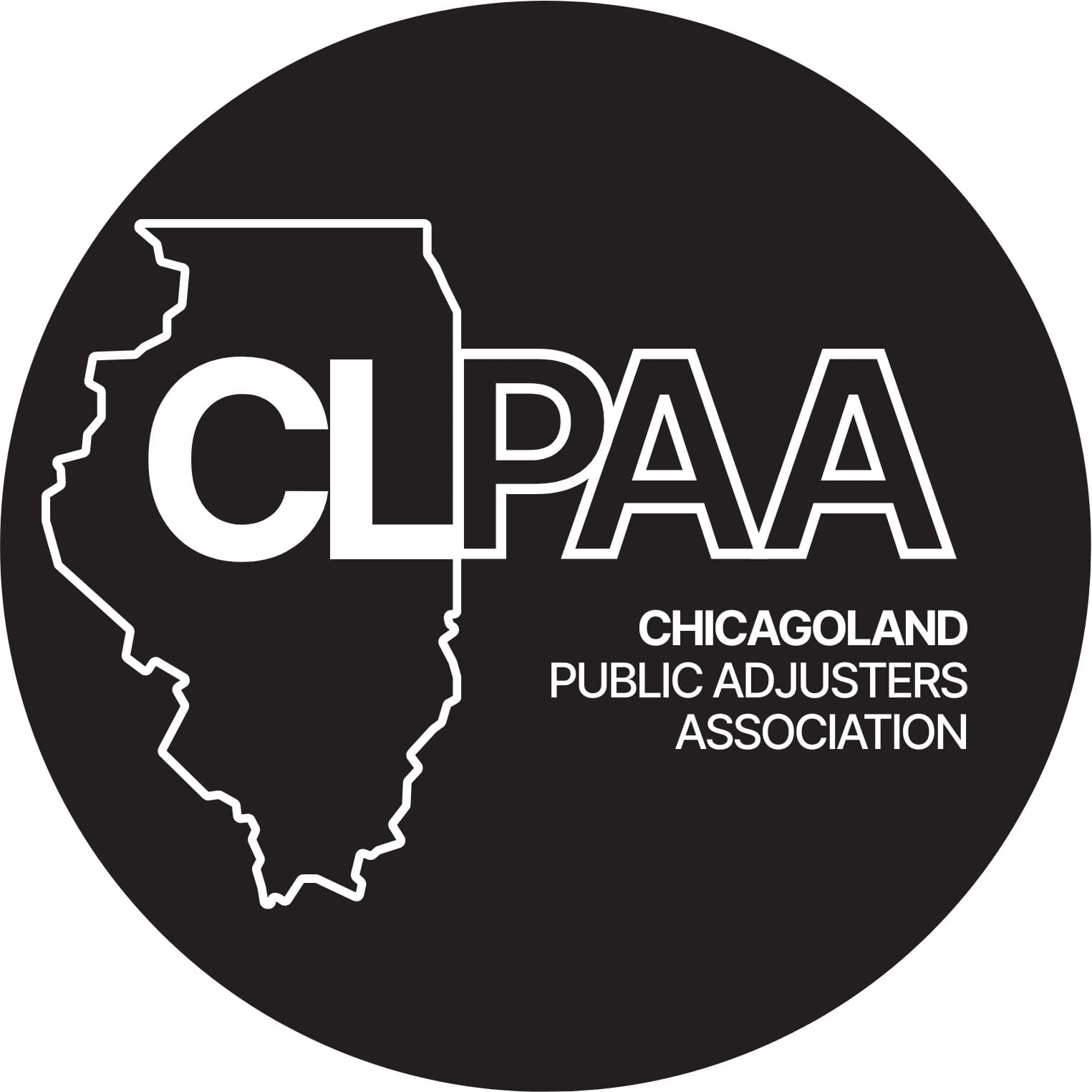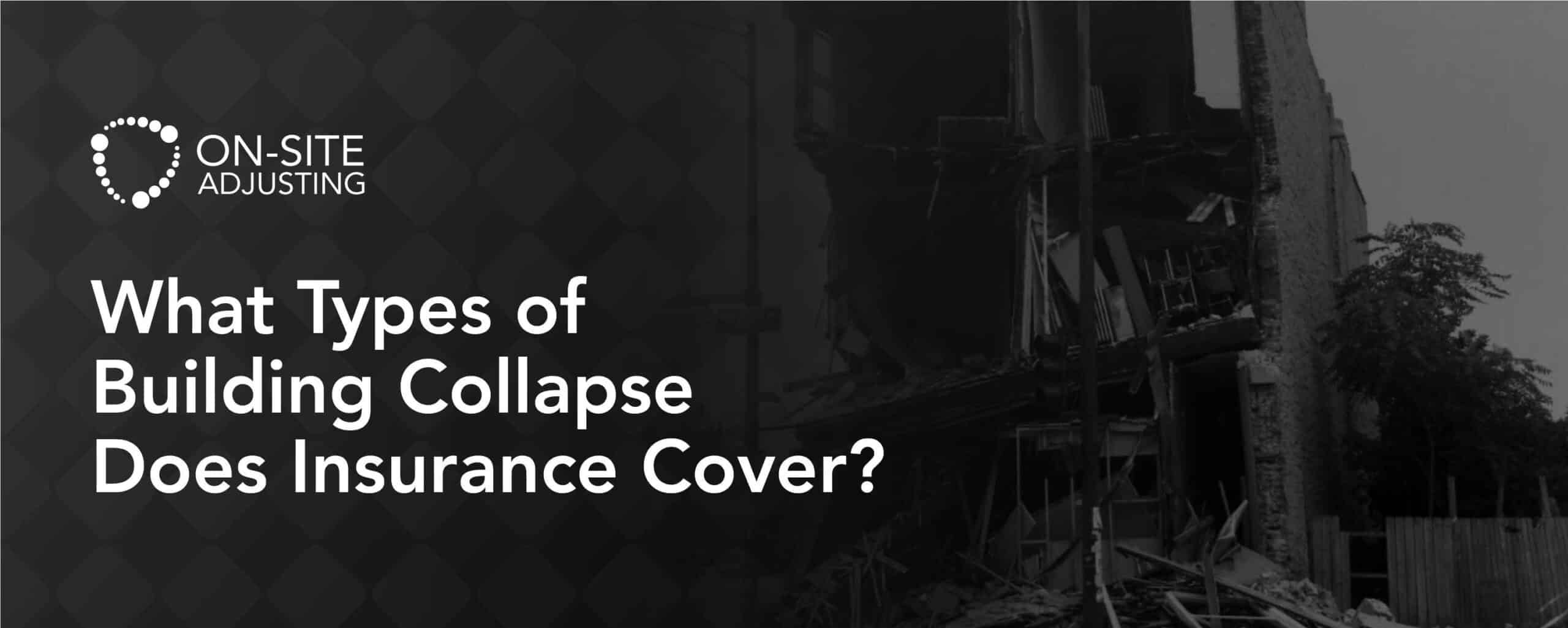
No property owner hopes to receive news about their property collapsing. Nonetheless, many prepare for this situation by purchasing insurance policies. However, property insurance does not cover all kinds of building collapse. Like every insurance policy, it also contains exclusions and caveats.
If you are unsure of what your insurance policy covers, consult a public adjuster for clarification. Public adjusters have a mastery of the industry language and can break down complex terms for you. In this article, we will explain all the kinds of building collapses that your property insurance may cover.
Does Insurance Cover Building Collapse?
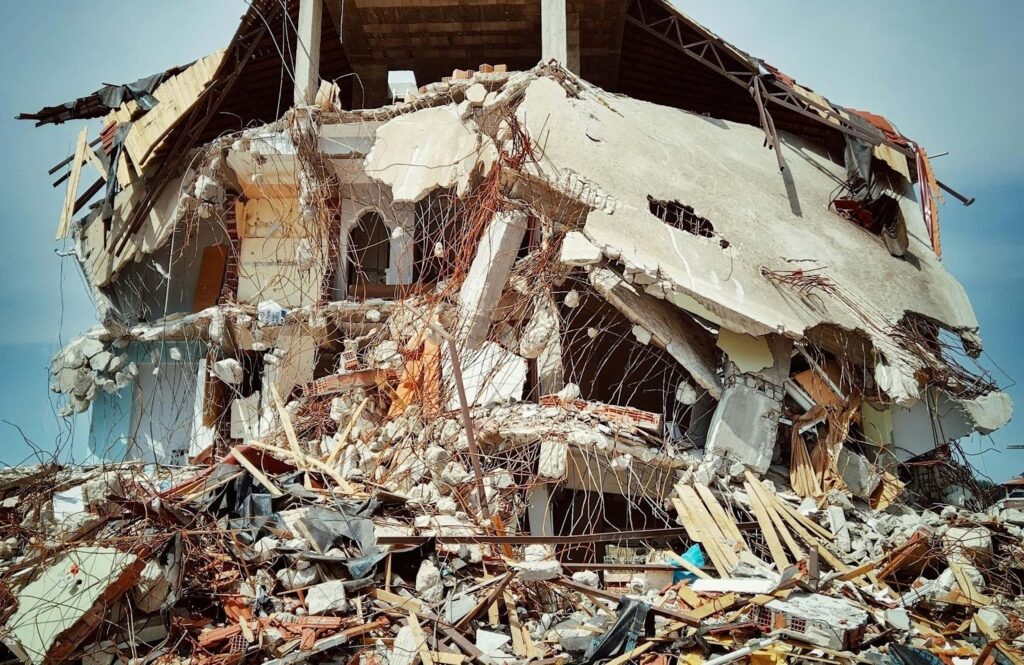
Sometimes, insurance covers building collapse. However, the insurance coverage for building collapse can be incredibly complex. This is because the cause of the collapse greatly influences your coverage. For instance, if a tornado causes your building to collapse, your insurer may cover it. However, it is different if the tornado leaves your property standing but rising flood waters collapse it. This is because unless you have a separate flood insurance policy, your insurer will not cover flood-related damage.
Furthermore, the property owner’s knowledge plays a great role. If the insurance investigation uncovers that you knew about any structural issues that led to the collapse, your insurer will likely refuse to pay.
Additionally, the type of property insurance you have is key. For instance, most basic homeowners’ insurance policies will only cover collapse under strictly defined circumstances. Commercial property insurance, on the other hand, may be more extensive in its coverage.
Therefore, it is best to thoroughly examine your insurance policy to determine your coverage. Doing so will also help you understand any limitations or exclusions in your policy. It will also help you better prepare for situations that your policy does not cover.
Feeling stuck with your claim? You don’t have to fight alone.
Reach out to us — we will review your claim for free and help you understand your options
What Types of Building Collapse Does Insurance Cover?
Many insurance companies now consider property collapse as an extra coverage that a policyholder is expected to purchase. Nevertheless, here are some types of property collapse that your insurer might cover:
Structural Damage
External events can severely damage a property’s structure. This can often lead to a total or partial collapse of the building. For instance, fires can cause parts of a building to collapse if they are incinerated. Other examples of such external events are windstorms, smoke damage, and lightning or hail. These are common perils that basic policies often cover. Therefore, the insurer is usually willing to cover the collapse provided the insured has a valid policy. However, the insured has to prove that he took steps to mitigate the damage before it resulted in a collapse.
Hidden Decay
Every man-made material has an expiration date and even buildings can start to decay. This decay or dry rot then threatens the structure of the building. When the decay is severe, building collapse occurs. Many property insurance policies cover this type of building collapse. However, you must prove that you had no knowledge of the decay and that there was no way to know. The insurance will use any knowledge of the insured to avoid honoring the claim.
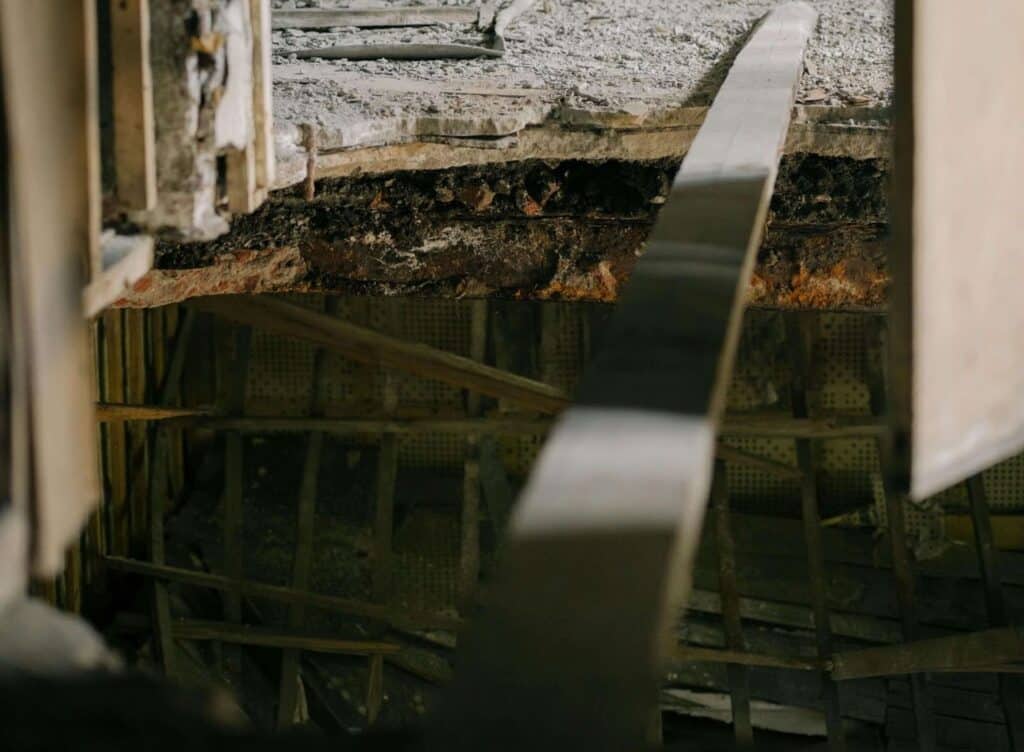
Additionally, hidden decay does not apply to regular wear and tear. It is common knowledge that buildings tend to weaken over time. Therefore, an insurer will not pay for regular deterioration over time and use.
Hidden Insect Damage
Infestations can severely damage a property to the point of partial collapse. For instance, a termite infestation can destroy floorboards and cause parts of the building to collapse. This can be a costly fix for the property owner but insurance companies will usually honor such claims. However, just like with hidden decay, you have to prove that you had no knowledge of the infestation. If your insurer finds out that you knew but ignored the infestation, they will not pay a settlement. This is because the collapse will be attributed to your negligence and insurance companies rarely cover such damage.
Weight of Contents and People
This is a much more versatile coverage and is rarely found in basic policies. This is because it extends to the weight of items and people causing your property to collapse. You will also have coverage if sleet, snow, or rain collapses your roof in the winter. An example of the coverage is if heavy equipment falls through your floorboards when you move it in. However, this type of collapse may attract extensive investigation from your insurer. This helps them rule out any preexisting issues such as neglect or wear and tear.
Defective Materials
This coverage usually only applies during construction, remodeling, or renovation. Let’s say you are trying to build an office and the contractor uses substandard materials. As a result, the office collapses during construction work. Your insurer may cover this. You should know that this coverage only applies when the construction is actively ongoing. It may not apply after the contractors are done.
Sinkhole Collapse
A sinkhole collapse happens when the land underneath a building suddenly gives way. When this occurs, the property sinks into the ground. This coverage is often found in commercial property insurance policies. Sinkholes occur in different ways. Therefore, it is best to look out for your policy’s specific definition of a sinkhole and when your insurer will cover it.
Note: On some occasions, insurers will provide for a type of building collapse if only that issue caused the collapse. For example, let’s say the weight of water causes your roof to collapse. Your insurer may state that if there are other factors that caused the collapse, they will not provide full coverage.
Additionally, issues such as landslides, earthquakes, floods, and sometimes hurricanes are often excluded from your coverage. Therefore, the insurance company expects you to purchase separate coverage. This shows the importance of reading and understanding your insurance policy.
What Qualifies as Building Collapse?
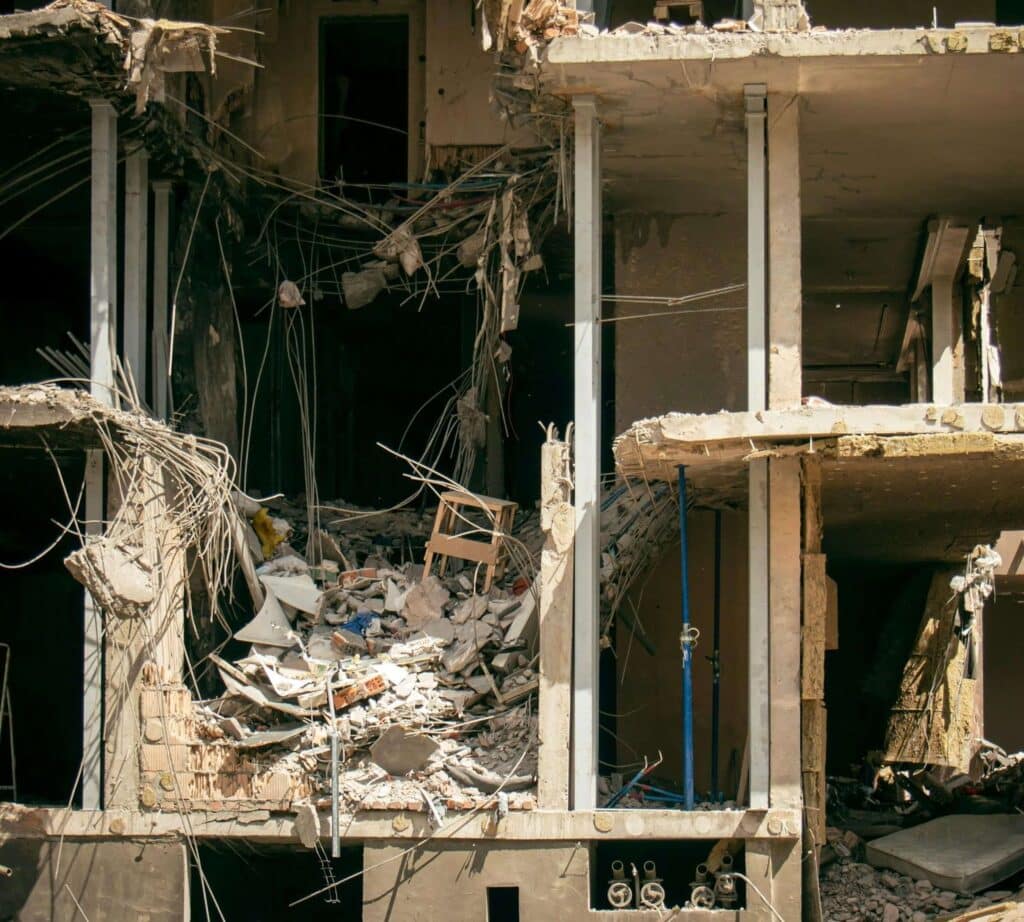
The definition of collapse differs from insurance policy to insurance policy. Thus, what constitutes a building collapse under one policy may be completely different from yours. Nevertheless, a building collapse usually involves the giving way of part or whole of a property unexpectedly and abruptly. Buildings that are cracking, sagging, or in danger of collapsing rarely qualify as collapsed buildings. As long as the building remains standing, your insurer will likely not pay a building collapse claim settlement on it. However, you may be able to file other claims depending on the cause of the damage.
Additionally, the collapse should render the entire building or that part of the building unfit for its intended purpose. For example, if a room in your home collapses, it should be such that you can’t sleep in there.
You should also find out if your insurer recognizes partial collapse as building collapse. This will affect the kind of claims you can claim and when.
Who Is Liable for a Building Collapse?
Knowing who can be liable for a building collapse helps during legal and insurance-related matters. In certain cases, two or more parties may share liability. This depends on the cause and type of the collapse. Here are the various people who may be held liable for a building collapse:
Property Owner
As a property owner, you have the primary responsibility of maintaining the building. If a collapse results from neglect, you may face liability. Regular inspections and timely repairs can help mitigate this risk.
Contractors and Builders
If a collapse occurs due to construction defects or substandard work, contractors may share liability. Owners may have recourse through warranties or guarantees that builders provide. Legal action may also be an option if owners can prove negligence.
Engineers and Architects
Engineers and architects may also hold liability in specific cases. If a structural design flaw leads to a collapse, these professionals could face consequences. Owners may pursue claims against them if they can prove negligence.
Conclusion
Your policy is what determines whether or not your insurer will pay for your building collapse. When taking out a policy, it is important that you are clear on your coverage. Do not hesitate to ask questions regarding specific situations that you’d like your policy to cover. Also, look over your policy again and again to truly understand what it says.
A building collapse is a terrifying thing to deal with as a property owner. However, if you have done your due diligence, chances are your insurer might financially reimburse you. Maintain your property to avoid damage from negligence or wear and tear. This will reduce your chances of getting a denied claim.
Public adjusters are your best guide throughout the insurance process. They break down policies, gather evidence, and negotiate your claim all at once. On-Site Adjusting has a team of professionals who will take care of your every insurance need. Give us a call today to get started.

